3D Printing in the Early Stages of Design
When you see 3D printing in the media, you'll see the flashy functional prototypes and end-use applications. From lightweight parts for aerospace to hearing aids and custom prosthetics, 3D printing is truly revolutionising the way we make things. There's also been huge hype recently about 3D printing 'moving' into high-volume production and this notion is often misinterpreted.
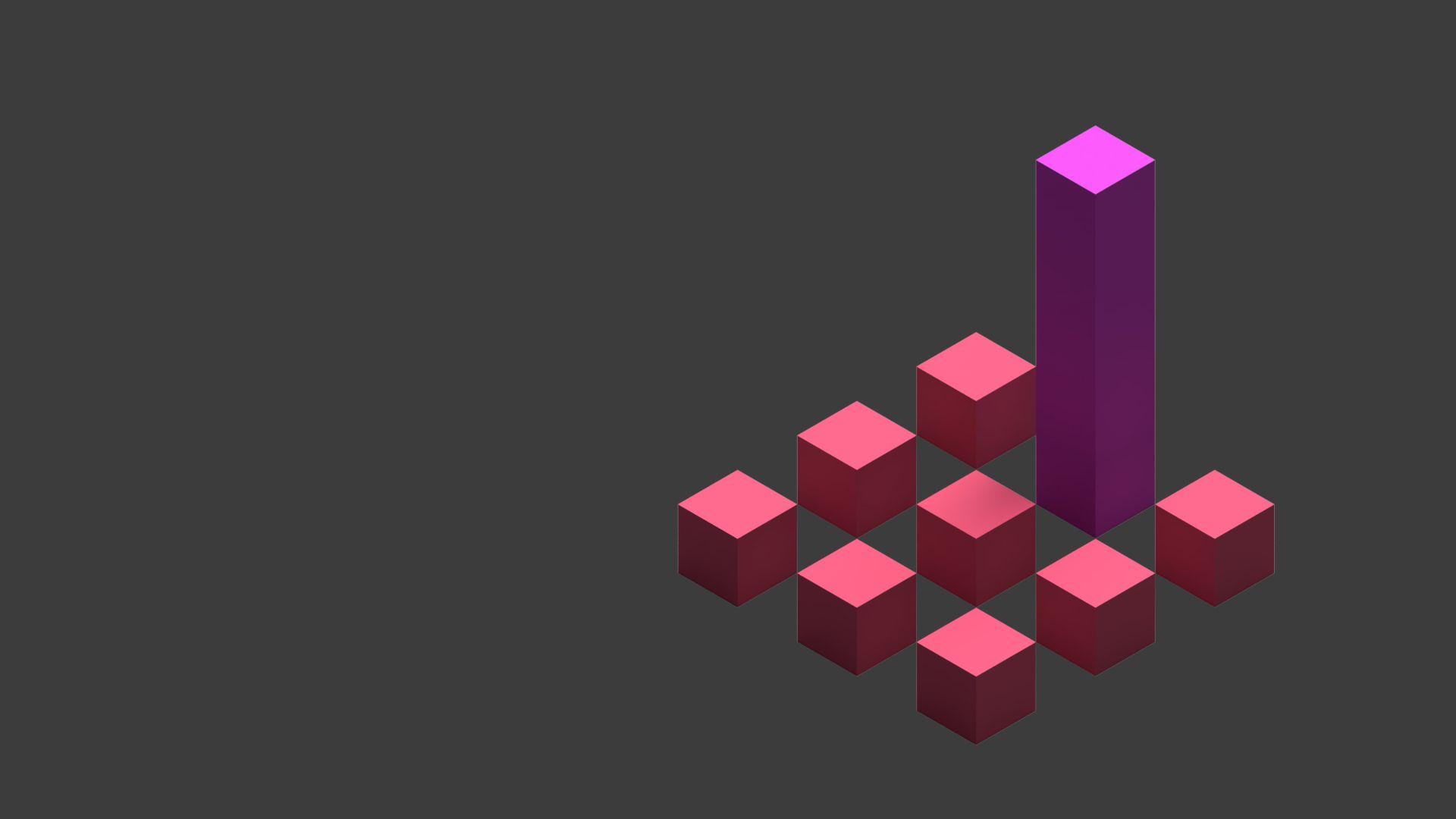
23rd April 2020 • News
3D printing isn’t ‘moving’. It’s expanding its use further into the design cycle and this doesn’t mean 3D printing in the earlier stages of design is less important. Today we’re going to be talking about the use of 3D printing as a tool for analysis, exploration and play – at the very beginning of the design process.
Let’s say for example that you’re redesigning a large interior space. It might be a classroom, an open-plan makerspace or a library. Where do you begin?
You could start pushing furniture around and hope for the best…but this could be strenuous and tiring. You could draw plan views to explore different options… but this only gives you an indication of how things would look in 2 dimensions. Or you could create highly detailed CAD renderings of design options… but this could be extremely time consuming, which means you probably won’t be able to explore as many options as you’d like.
What if there was a way to explore multiple design options in 3-dimensions and also in a short period of time? With 3D printing, we can do just that by creating abstract scale models known as massing or volumetric models.
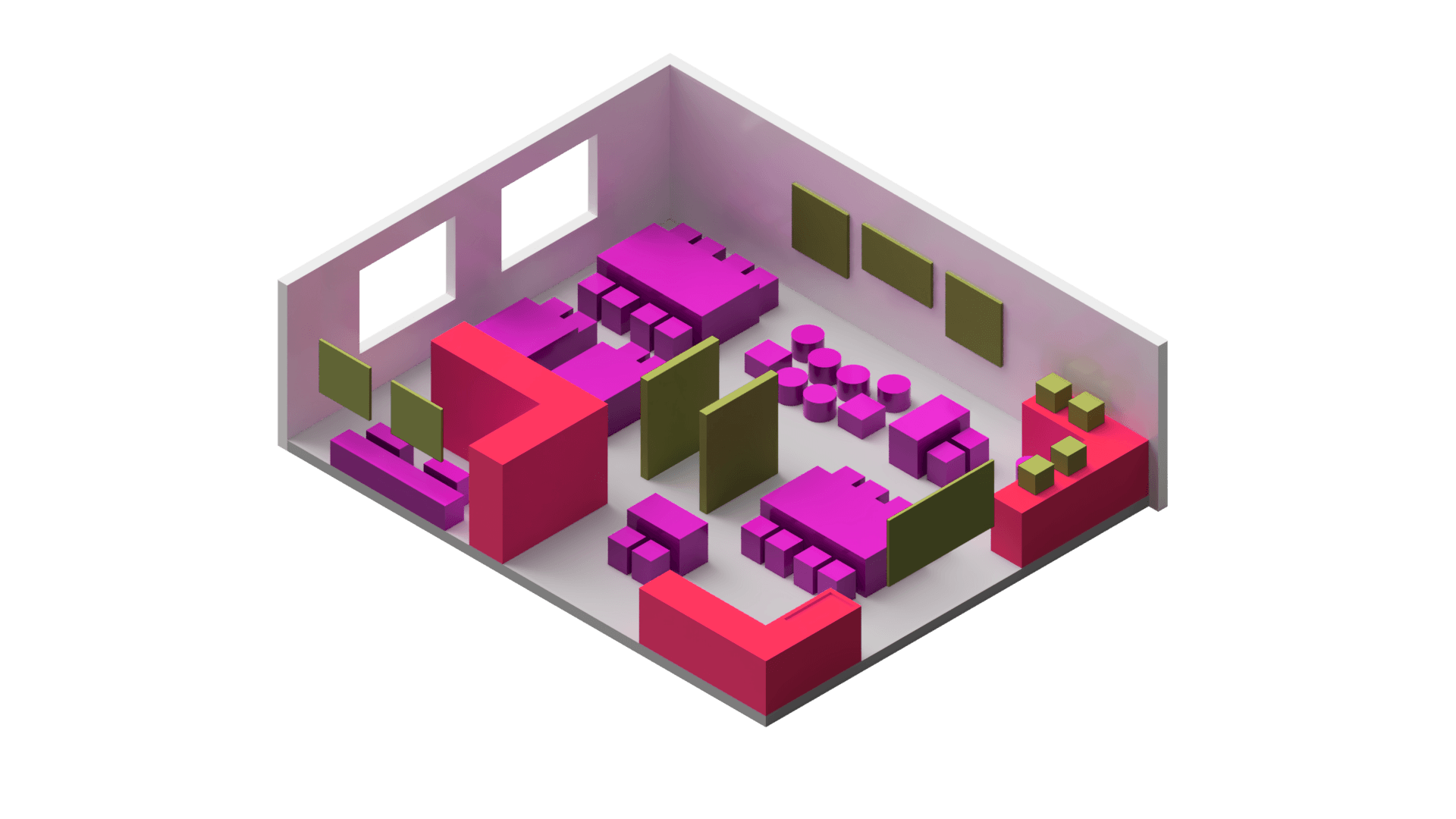
Massing models are conceptual studies that focus on the overall shape and size of given objects – whether they are buildings, furniture or small-scale products. Let’s take a look at 3 key benefits of using massing models in the early stages of design.
1. Fundamental Spatial Relationships
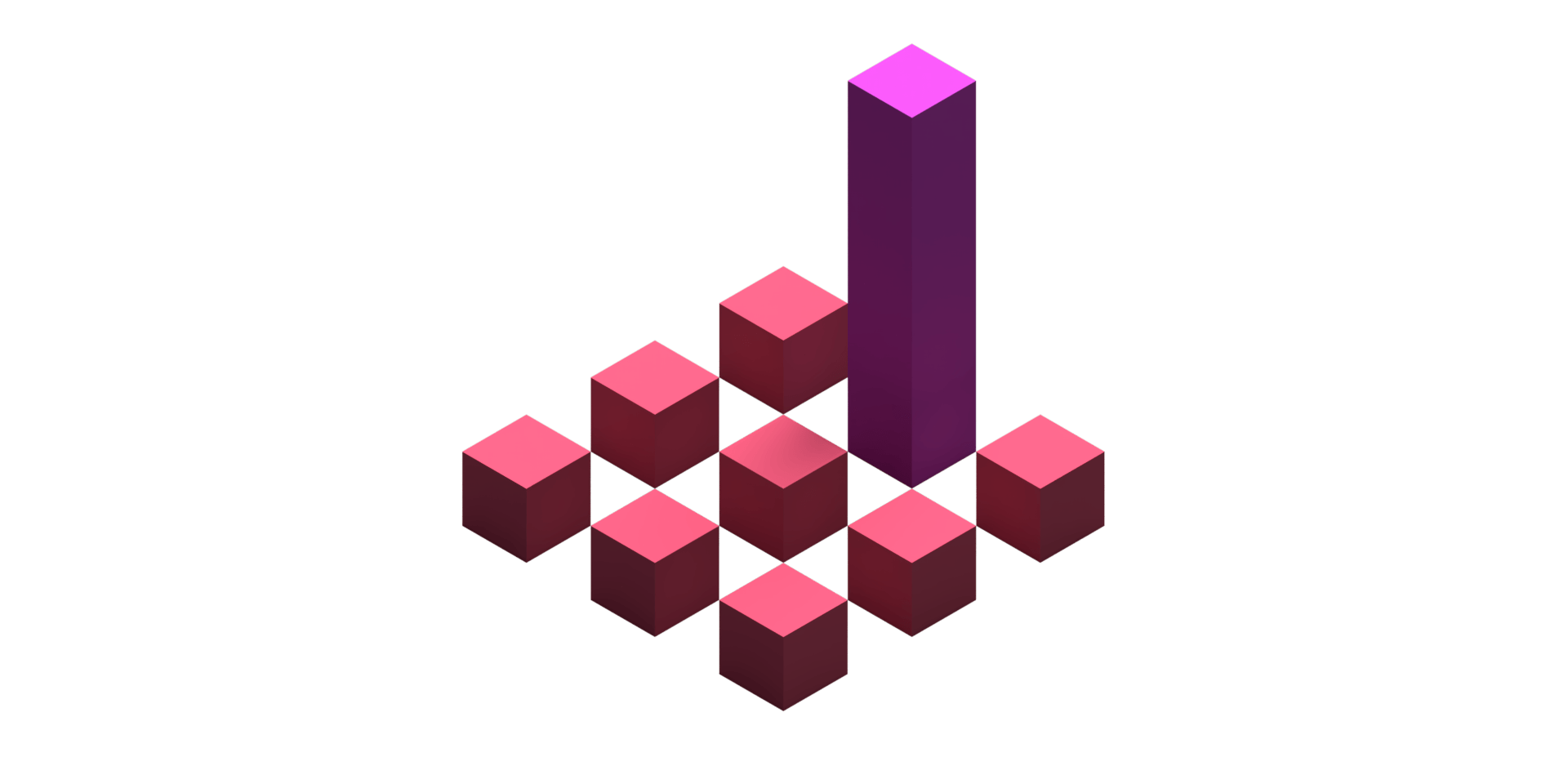
Intricate detailing, material choices, colour palettes and other features won’t make up for a design subject that is out of proportion with it’s own elements and its surrounding environment. For example, a building that is overpowered by neighbouring facades or a large piece of furniture that focuses attention where it shouldn’t. With 3D printed massing models, we can explore spatial relationships through experimentation to ensure forms are in harmony with each other. The added benefit is that there are no distractions. The basic nature of massing models means that you can get the fundamentals right before honing in on detail.
2. Playing with Options… lot’s of them
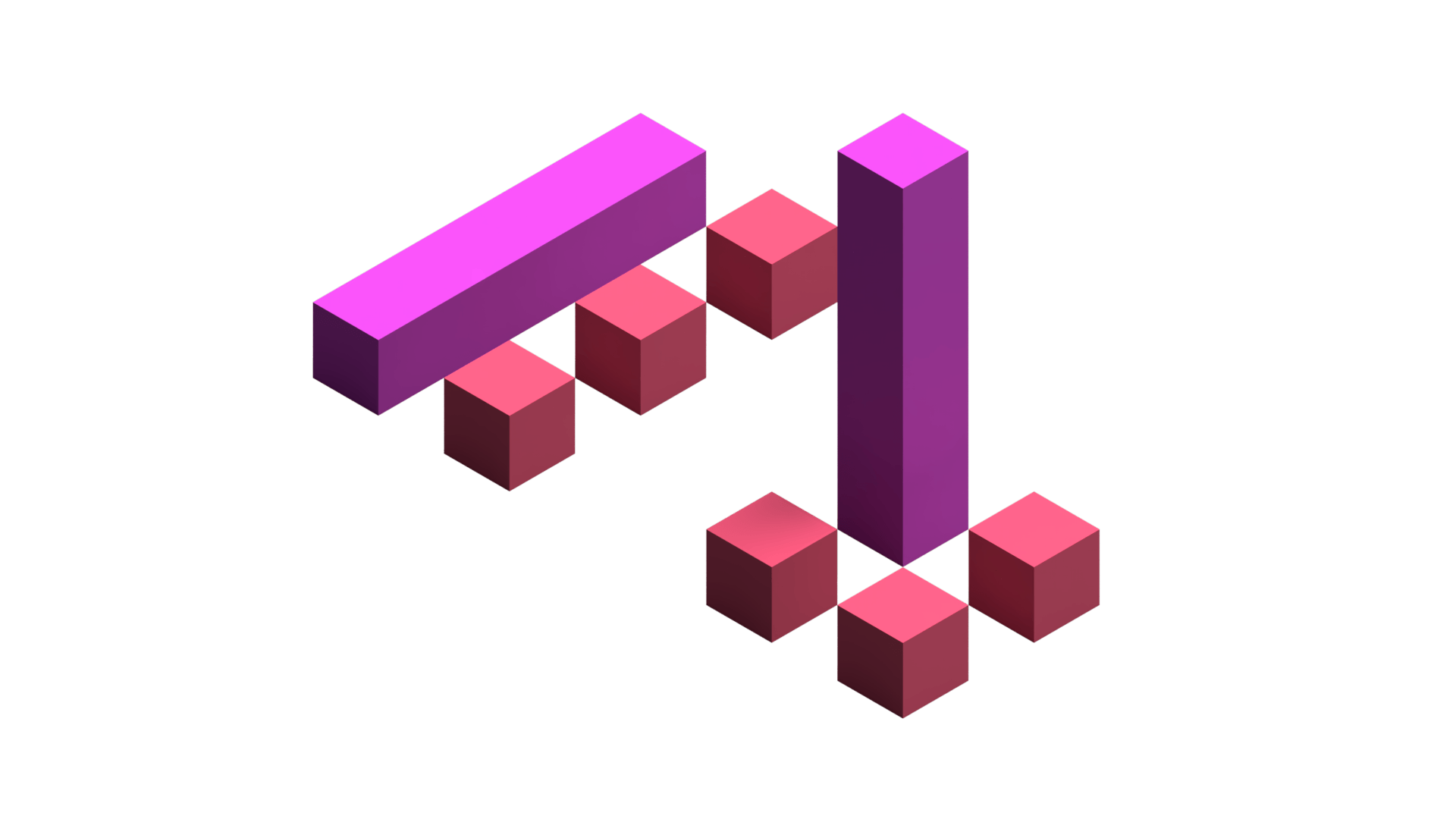
Certain massing models can be built like LEGO. You can add, subtract and move pieces in a playful way – analysing and documenting each design option as you go along. For example, if we were redesigning the layout an open-plan makerspace, we could literally explore a hundred design options in just a few hours. And because it’s like LEGO, it’s a fun process too!
3. Exploring Light and Shadow
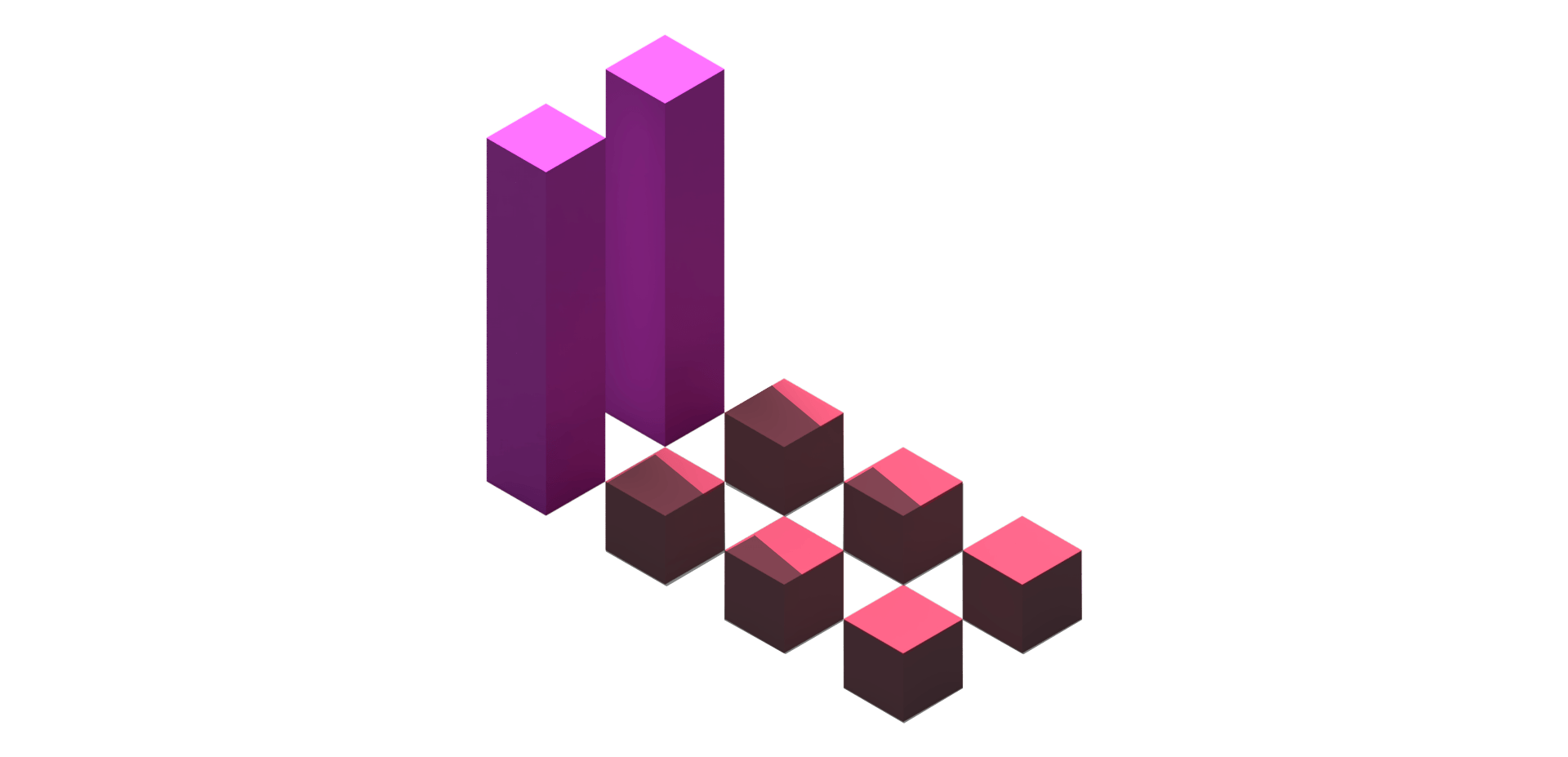
Yes you can create shadow studies in various 3D software packages but there’s something special and valuable about exploring light and shadow on tangible models. By simulating the movement of the sun, you can shine a lamp onto massing models and examine how shadows are formed throughout the day. The great thing about doing this on a LEGO-like massing model is that you can play with light in real-time. Don’t like the way a shadow is cast? Move or reorientate pieces of your model to figure out what works best.
—
If you’re a teacher, we’re sure you’re wondering how this type of activity can be used in the classroom. Below is an overview video of a lesson plan where students redesign their own classroom using massing/volumetric models. If you’d like to have a FREE trial to a selection of projects from PrintLab, head here to get started!